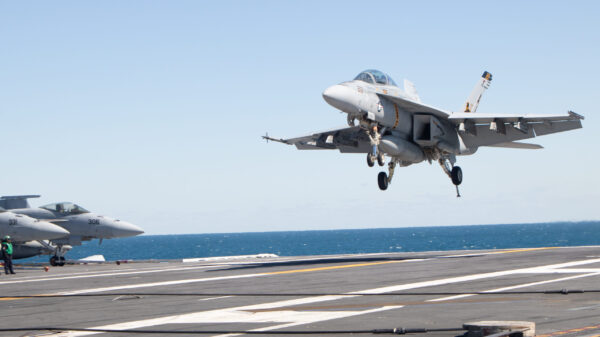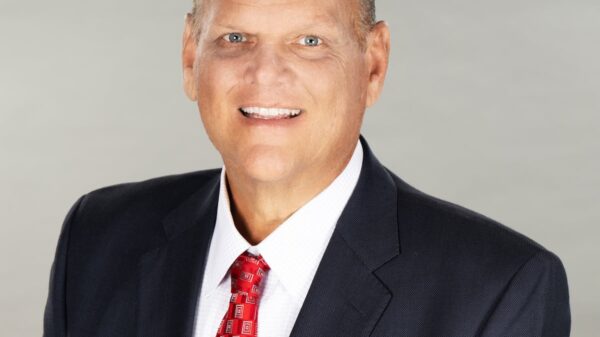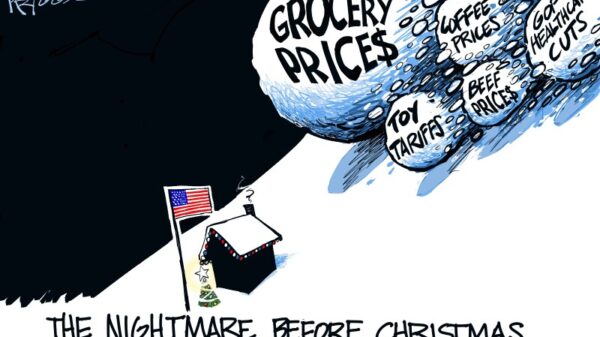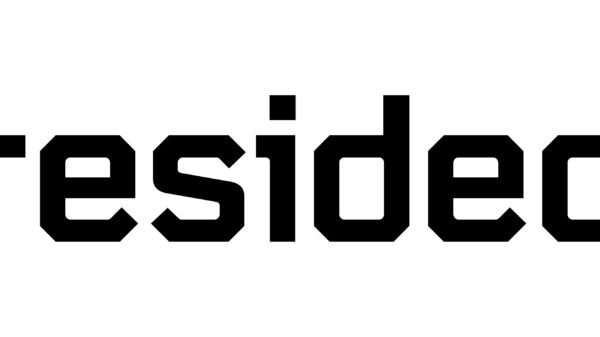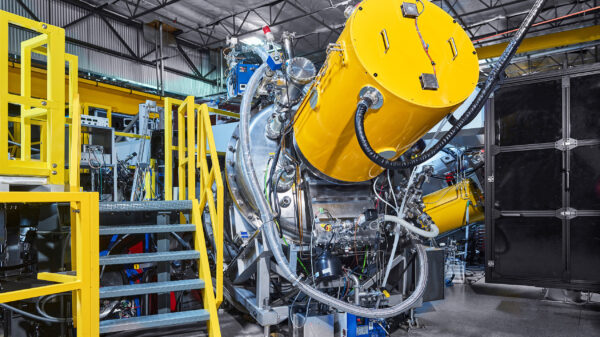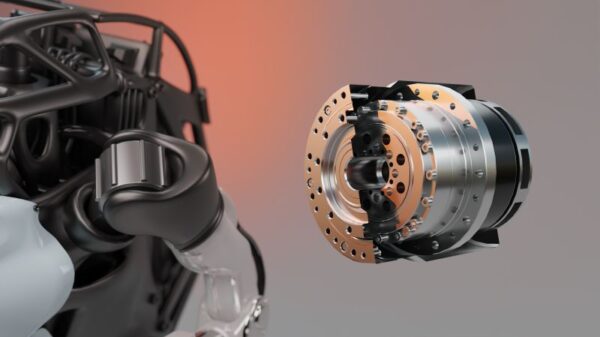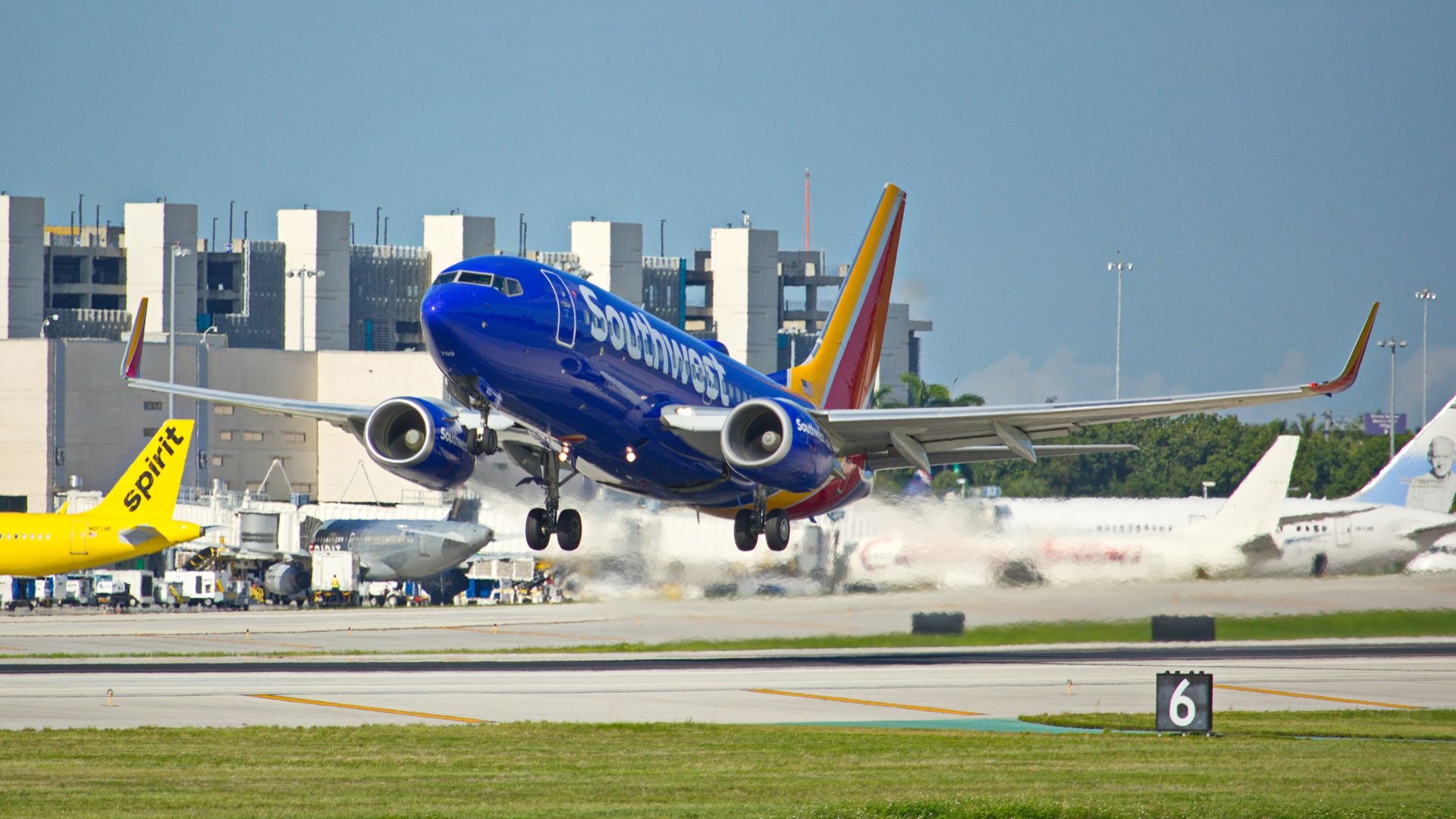Southwest Airlines, the largest operator of the Boeing 737 globally, is significantly reducing its fleet of Boeing 737 Next Generation (NG) aircraft. Currently, the airline operates 810 Boeing 737s across three variants: the 737-700, 737-800, and 737 MAX 8. The carrier plans to retire all of its 737 NGs, comprising the 737-700 and 737-800 models, by the year 2031. This strategic move aims to modernize its fleet in response to evolving operational demands and sustainability goals.
Reasons for Fleet Reduction
A primary driver behind the reduction is the high operating costs associated with the aging 737 NG fleet. The newer Boeing 737 MAX series offers significant improvements in fuel efficiency, with advancements such as the CFM LEAP-1B engines, which are larger and more efficient than those on previous models. These enhancements allow the 737 MAX to achieve a fuel efficiency increase of approximately 14-20% compared to the older 737 NG models. Lower fuel costs per seat are crucial for airlines, making the transition to modern aircraft a financially sound decision.
Additionally, older aircraft often incur higher maintenance costs and increased downtime due to the need for repairs. Southwest Airlines’ 737 NG fleet averages about 19 years for the 737-700 and 11 years for the 737-800, as noted by data from ch-aviation. Given their age, these aircraft are more susceptible to structural issues, prompting the airline to plan for the retirement of approximately 55 Boeing 737 NGs each year until 2031.
Market Dynamics and Strategic Opportunities
The demand for narrowbody aircraft is projected to grow, particularly due to challenges faced by competitors with Pratt & Whitney’s GTF engines. This demand may create favorable conditions for Southwest Airlines to sell its older 737 NGs at competitive prices. In a statement made in September 2024, Southwest’s CEO, Bob Jordan, highlighted the airline’s strategy to capitalize on this trend, saying, “We have a unique opportunity to capture value and earnings on excess aircraft we do not need with our moderate growth plan.”
Southwest’s history with the Boeing 737 dates back to 1971, when it first introduced the 737-200 to its fleet. As of now, the airline operates a total of 810 Boeing 737s across its various models, including plans to add 196 Boeing 737 MAX 8s and 314 Boeing 737 MAX 7s to its fleet, with deliveries starting in 2026.
While the transition to the 737 MAX is part of a broader strategy to streamline operations and reduce complexity, it has not been without its challenges. The 737 MAX program faced significant setbacks following two fatal crashes in 2018 and 2019, which resulted in a global grounding of the aircraft for nearly two years. Although deliveries have resumed, Boeing faces a backlog as airlines continue to seek new narrowbody aircraft.
Southwest Airlines has established itself as a leader in the low-cost carrier segment, distinguishing itself through a unique operational model that emphasizes point-to-point routes and low fares. Since its inception, the airline has consistently achieved profitability until the COVID-19 pandemic in 2020, after which it has rebounded and expanded its market presence, including entry into the Hawaii market.
As Southwest Airlines moves forward with its plans to retire older 737 NGs and expand its fleet of 737 MAX aircraft, it aims to enhance operational efficiency while maintaining its commitment to affordability and customer service. This strategic initiative reflects the airline’s adaptability in a competitive aviation landscape.









